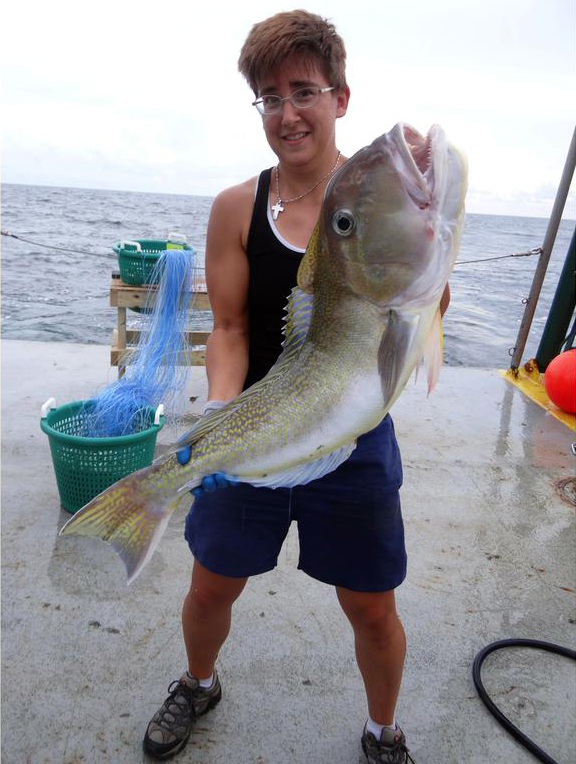
R/V Weatherbird Log-Shannon O’Leary

“Look at that sea, girls–all silver and shadow and vision of things not seen. We couldn’t enjoy its loveliness any more if we had millions of dollars and ropes of diamonds.” ― L.M. Montgomery, Anne of Green Gables.
As usual, Anne (with an e!) says it best. People sometimes wonder why a kid growing up smack in the middle central Europe with the ocean at least a then hour drive away in every direction would always answer the question of what she wanted to do when she grew up with “Something with fish and the ocean”. I shall tell you why: I have always been fascinated by the world around us, animals, plants, the physical environment and how everything interacts. New places always meant new ecosystems and new things to discover.
And in some ways the ocean trumps terrestrial ecosystems, because while at first glance all you see is water around you, it is actually a complex system comprised of many ecosystems interacting with each other, each with its unique set of organisms and characterized by specific physical and chemical properties and so while it take a little more effort there seems to always be potential to discover more and more different things.
Just think, when we are sitting on the Weatherbird II in the middle of the Gulf of Mexico we barely scratch the surface – and think of how different that surface can be: flat as a mirror one day, choppy and frothy the next. Sometimes it’s the bluest thing you have ever seen, then within minutes it can be an angry grey reminding you of how small your vessel is. The few feet of ocean that the sun can penetrate is full of plankton, most of it to small to see with your bare eyes. And yet, phytoplankton fixing energy from the sun through photosynthesis and making it available for other organisms is what forms the foundation of the food web, and zooplankton form an important intermediate trophic layer providing a food source for many smaller fish.
The layer below is filled with pelagic fish, small fish that migrate in schools, big colorful fish with elaborate fins, and of course predators built for speed and hunting: sharks, swordfish… Then you start to reach layers where the ocean and the origanisms living within it interact with the bottom sediment forming a unique ecosystem of its own. Tilefish that function as ecosystem engineers by creating burrows, crusteaceans and other filter feeders that help keep the ocean clean, or snake eels which will give you the creeps.
All that and more just below us waiting to be discovered. And that is why this now (more or less) grown up kid, would always trade the ropes of diamonds to explore the sea and all the biodiversity to be found within. Biodiversity is frequently assessed at three levels: Ecosystems diversity, species diversity and genetic diversity, which forms the foundational building block of biodiversity and harbors the adaptive potential of population.
My current research in marine molecular ecology and conservation genetics focuses on assessing the genetic diversity of fish populations and using markers found within the DNA to determine population structure and connectivity and determining the role of environmental factors shaping patterns of local adaptation. I spend most of my time in the lab extracting DNA and characterizing genetic markers and on a computer doing bioinformatics, so I am sure you can imagine how much I am enjoying being able to spend a few weeks in the Gulf of Mexico taking small fin clips from which we extract DNA to use for current and future projects.
To learn more of Shannon’s research, visit Harte Research Institute’s Marine Genomics Laboratory webpage.
More information on Harte Research Institute’s Genomics studies below…


